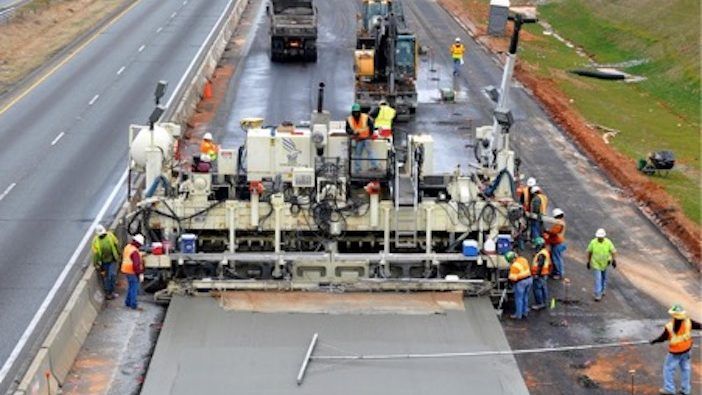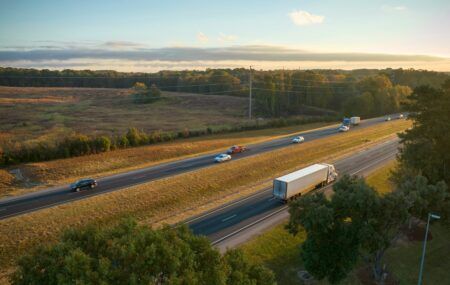Road building in the US has outstripped population growth by 32% but has ‘utterly failed’ to address congestion and a new approach is required, states a report by Transportation for America.
Released last week,The Congestion Con: How more and more lanes equals more traffic makes the case that given discussions about the next federal transportation legislation are currently underway – something which occurs every five years – now is a critical time for ensuring policy corrects years of the wrong approach.
Despite more than $500billion being spent on highway capital investments between 1993 and 2017, congestion on roads has risen by 144% over the same period but the same mindset continues.
The report argues that building more and larger roads is not only helping to solve the problem but is unintentionally making the situation worse.
Transportation for America, said “There is certainly little-to-no evidence that widening roads is helping reduce delay or congestion. Yet we have doubled down on this incredibly costly ‘solution.’
“Unfortunately, spending billions to expand highways can actually make congestion worse by encouraging people to drive more than they otherwise would, a counterintuitive but well-documented phenomenon known as induced demand.”
Rather continuing on with this expensive ‘failed strategy’, the organisation propose five policy recommendations that would continue to meet the core purpose of transportation infrastructure of providing access to citizens daily needs:
- Reorient transportation policy around access by bringing jobs, housing and other destinations closer to shorten and reduce the length of car trips, rather than focusing on vehicle speed and delay for benchmarking.
- Require transportation agencies stop favouring new roads over maintenance by removing the flexibility they have in spending funding and encourage repairing the existing network.
- Make walkable trips safer by enforcing 35mph speed limits in urban areas
- Instead of focusing on increasing road supply, restrictions on pricing should be removed to allow DOTs to better manage congestion and demand for driving.
- Reward better land use decision-making rather than encouraging urban sprawl.





